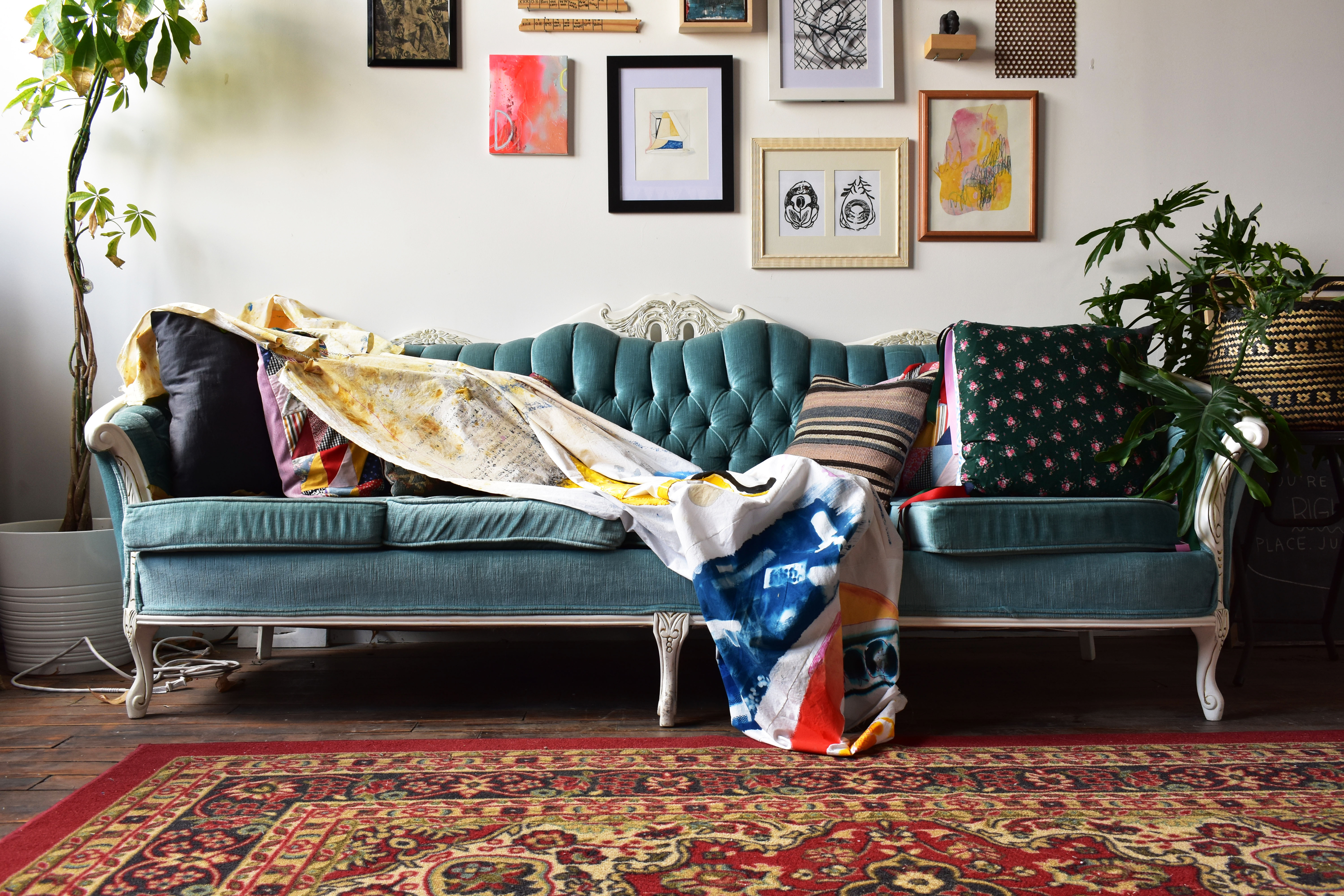In collaboration with Brenda Reid for Co-Create Residency 2021
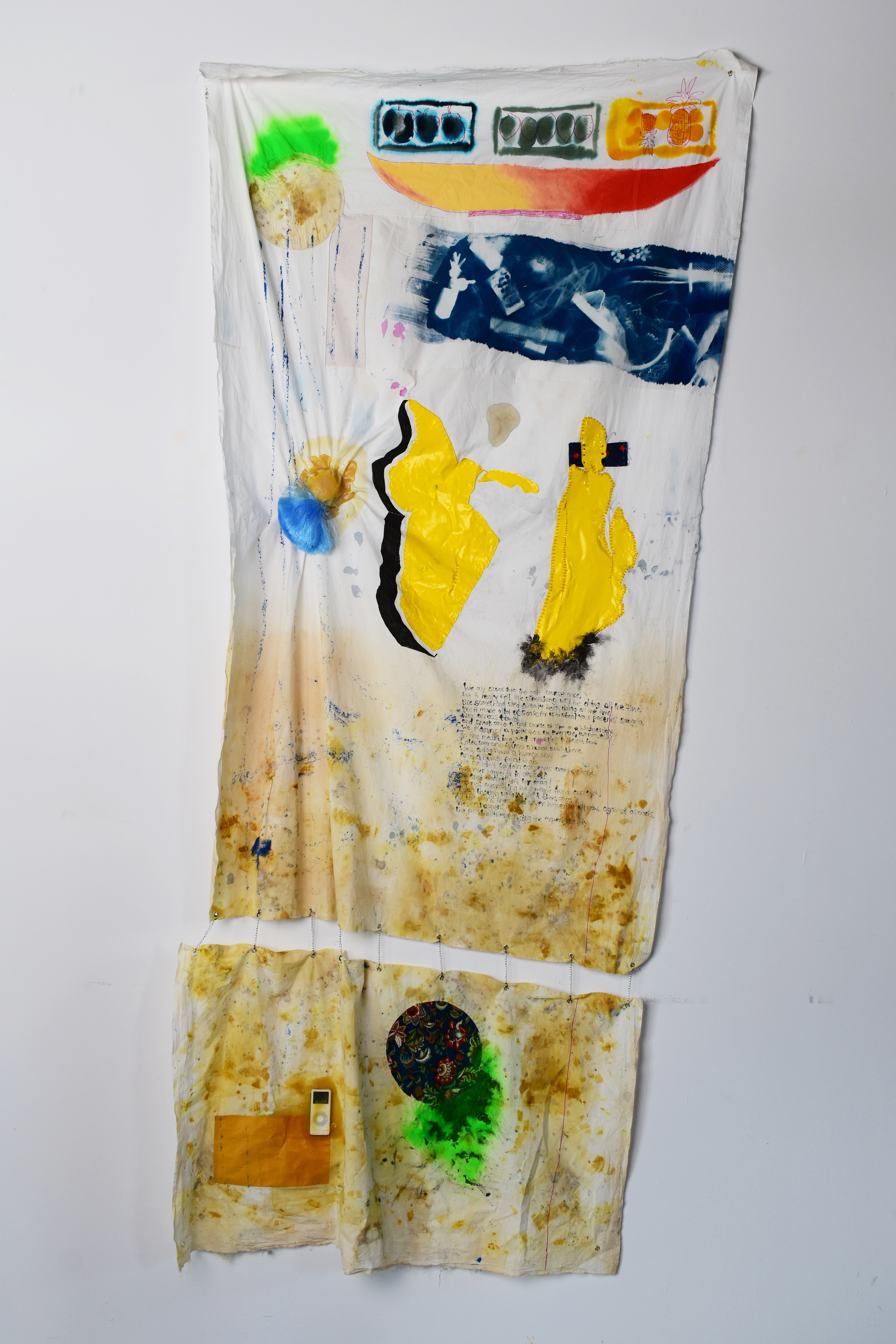
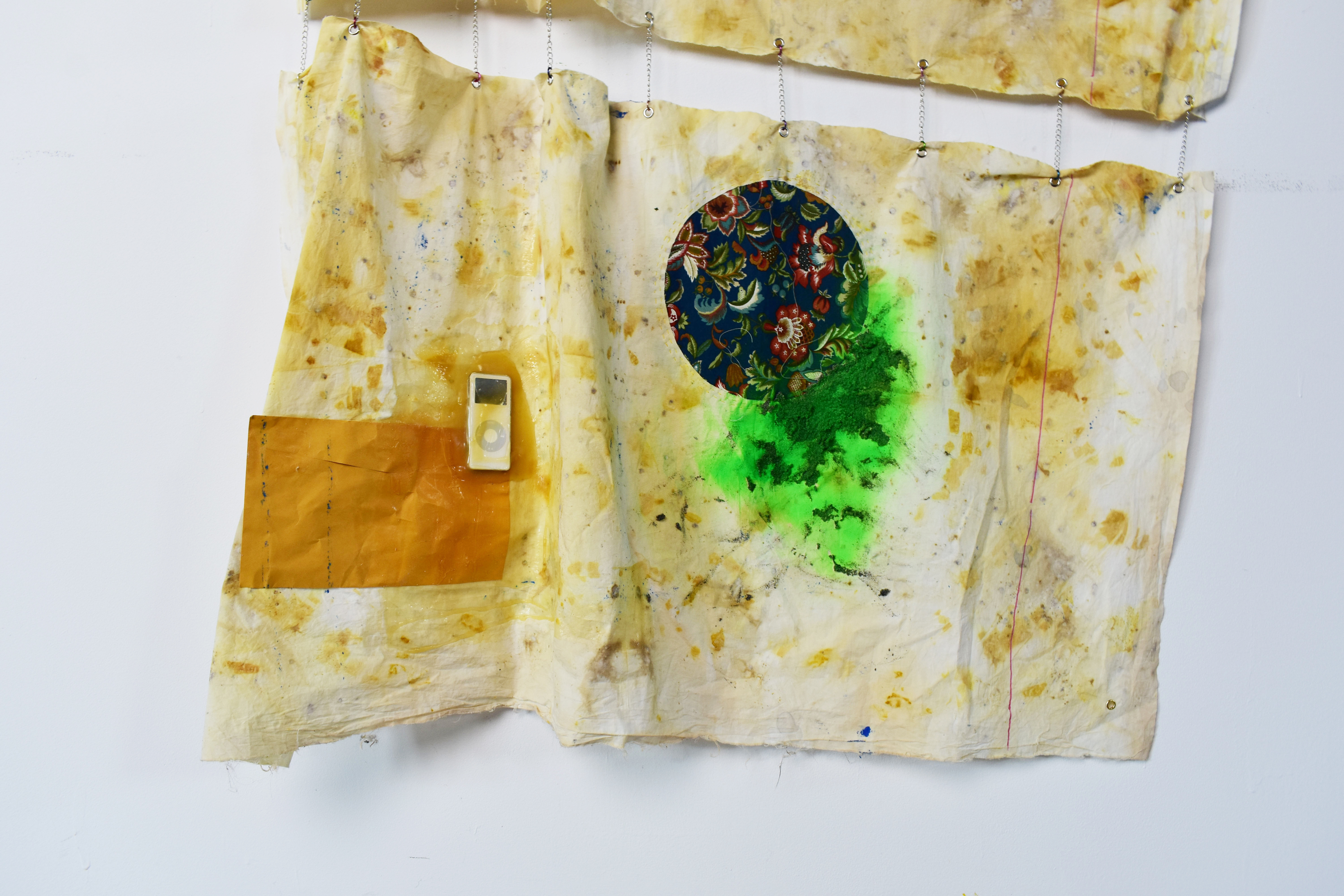
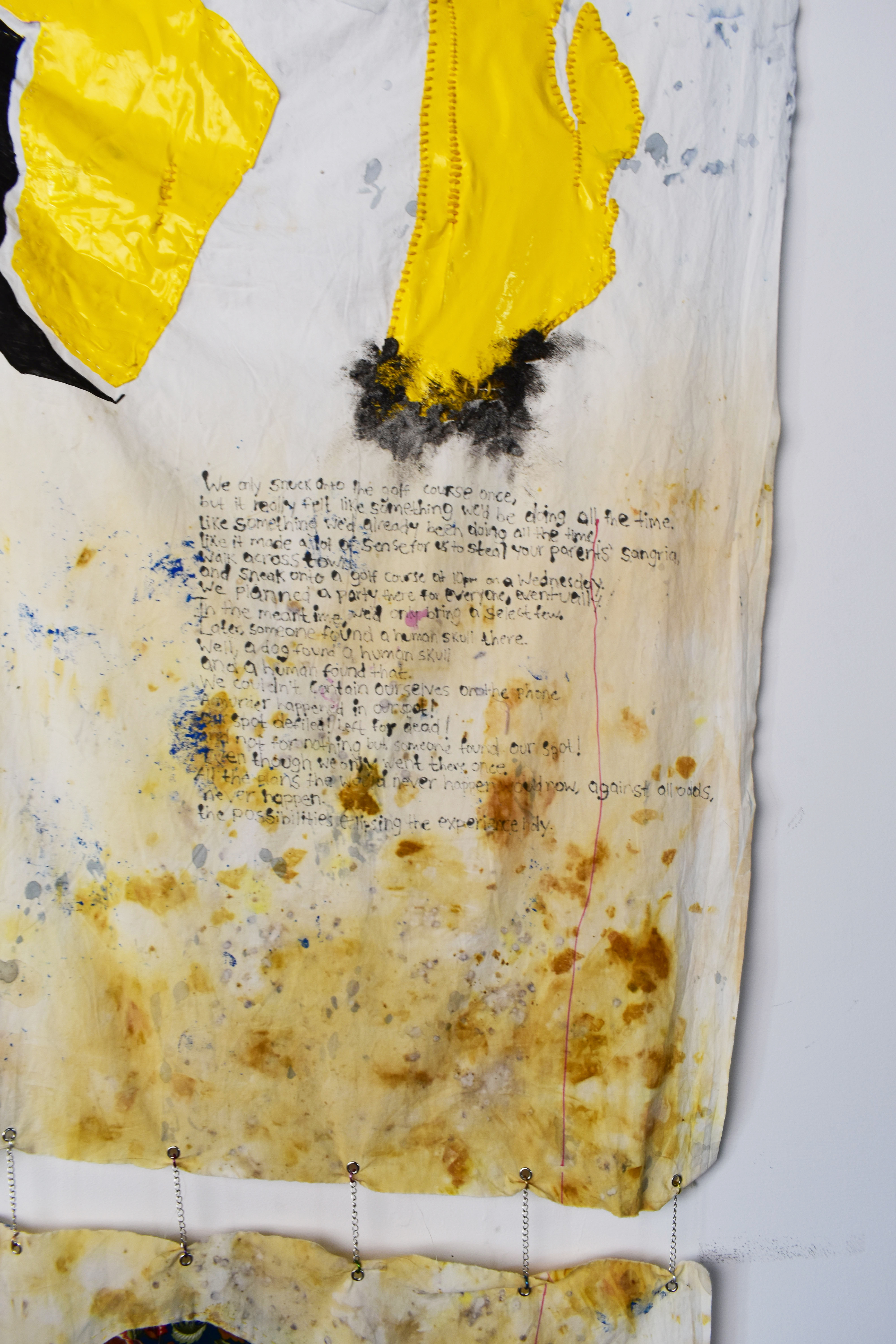
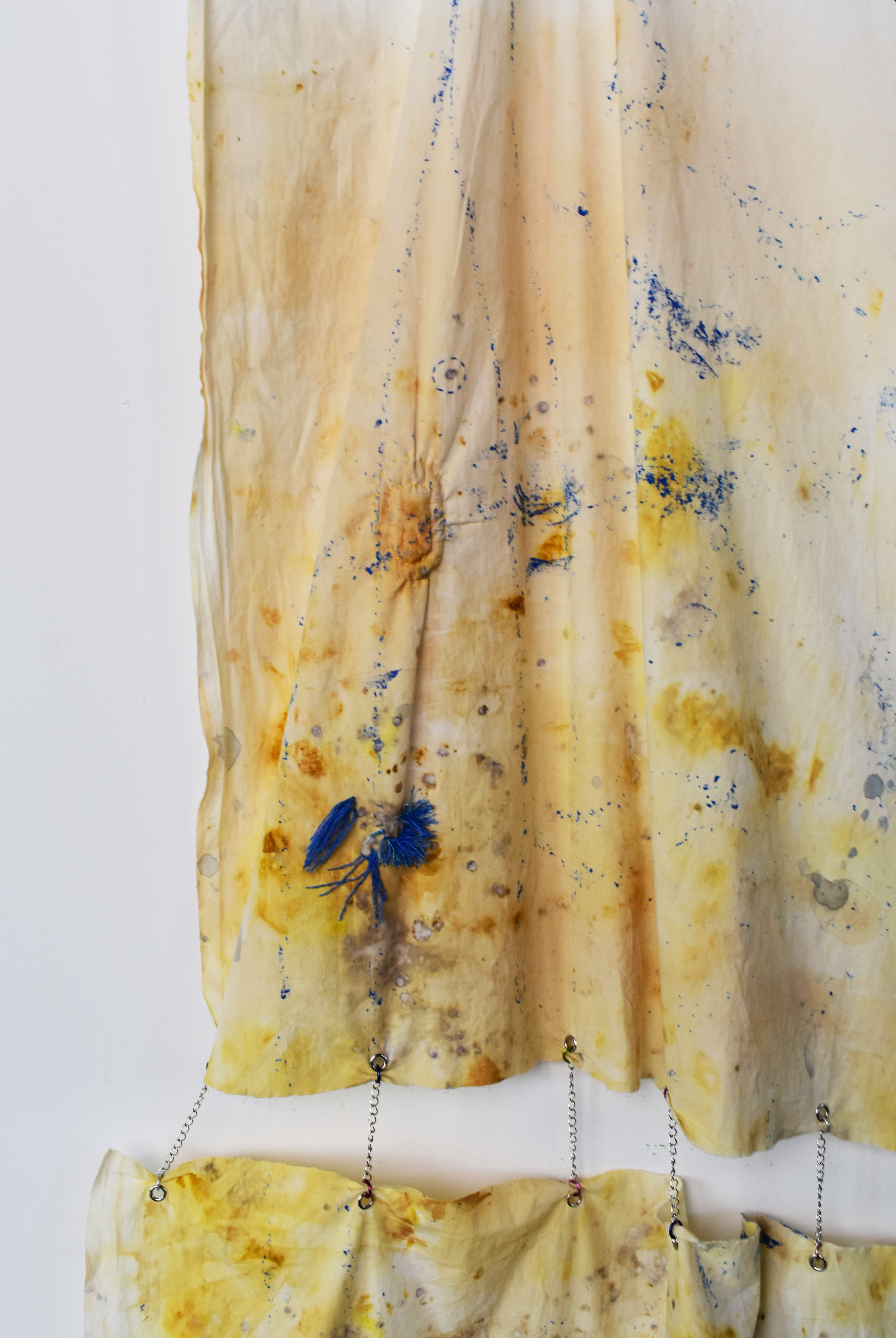
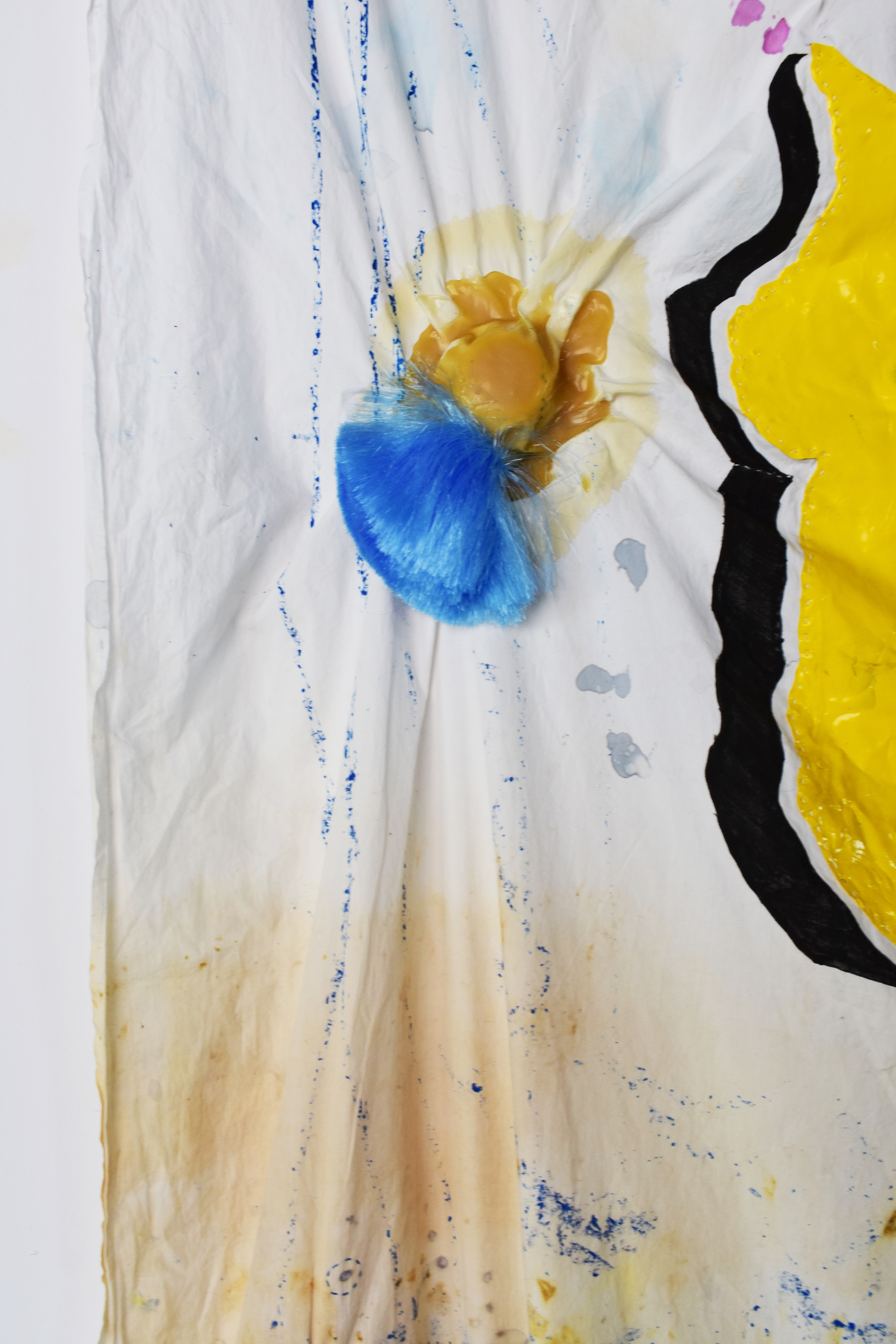
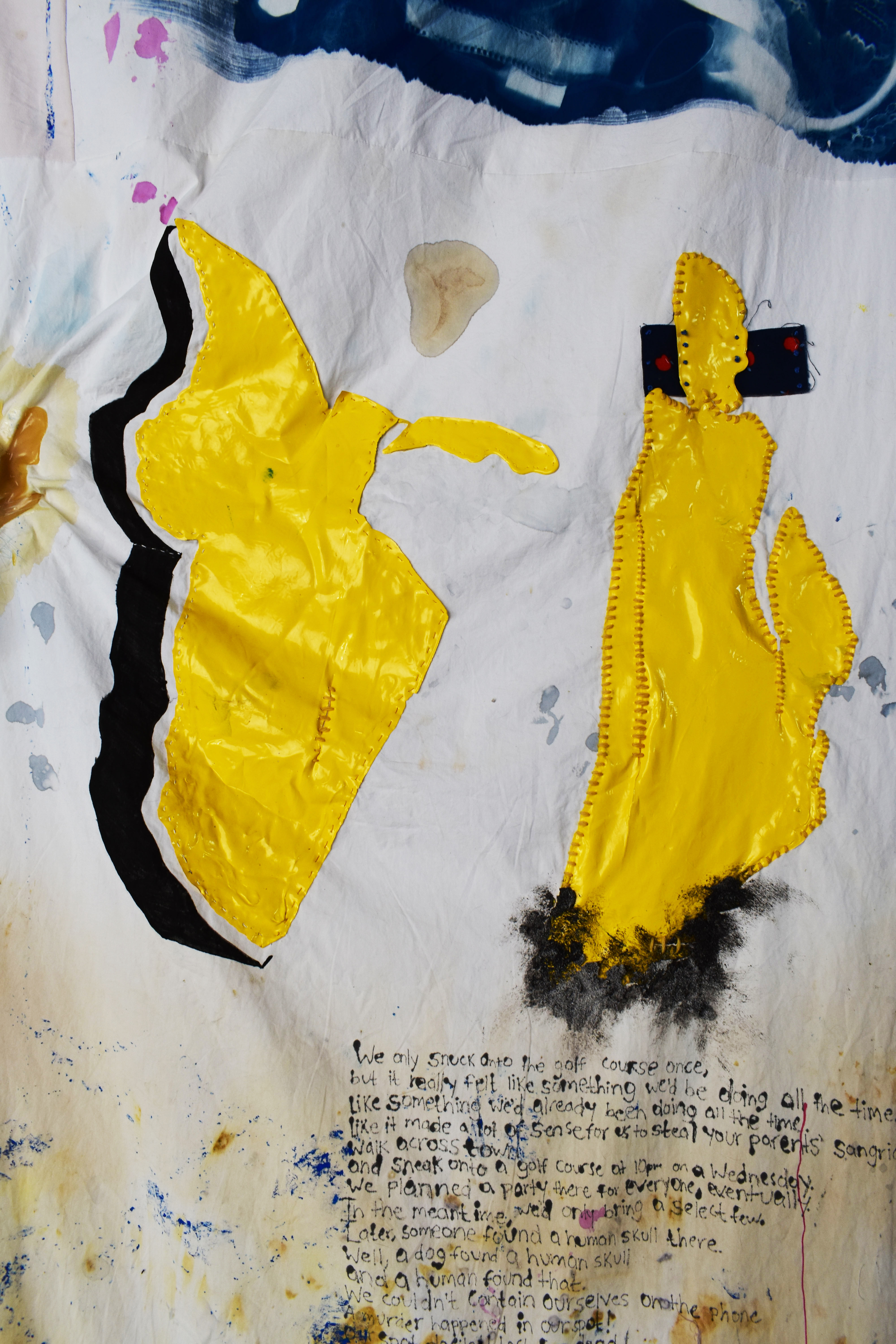



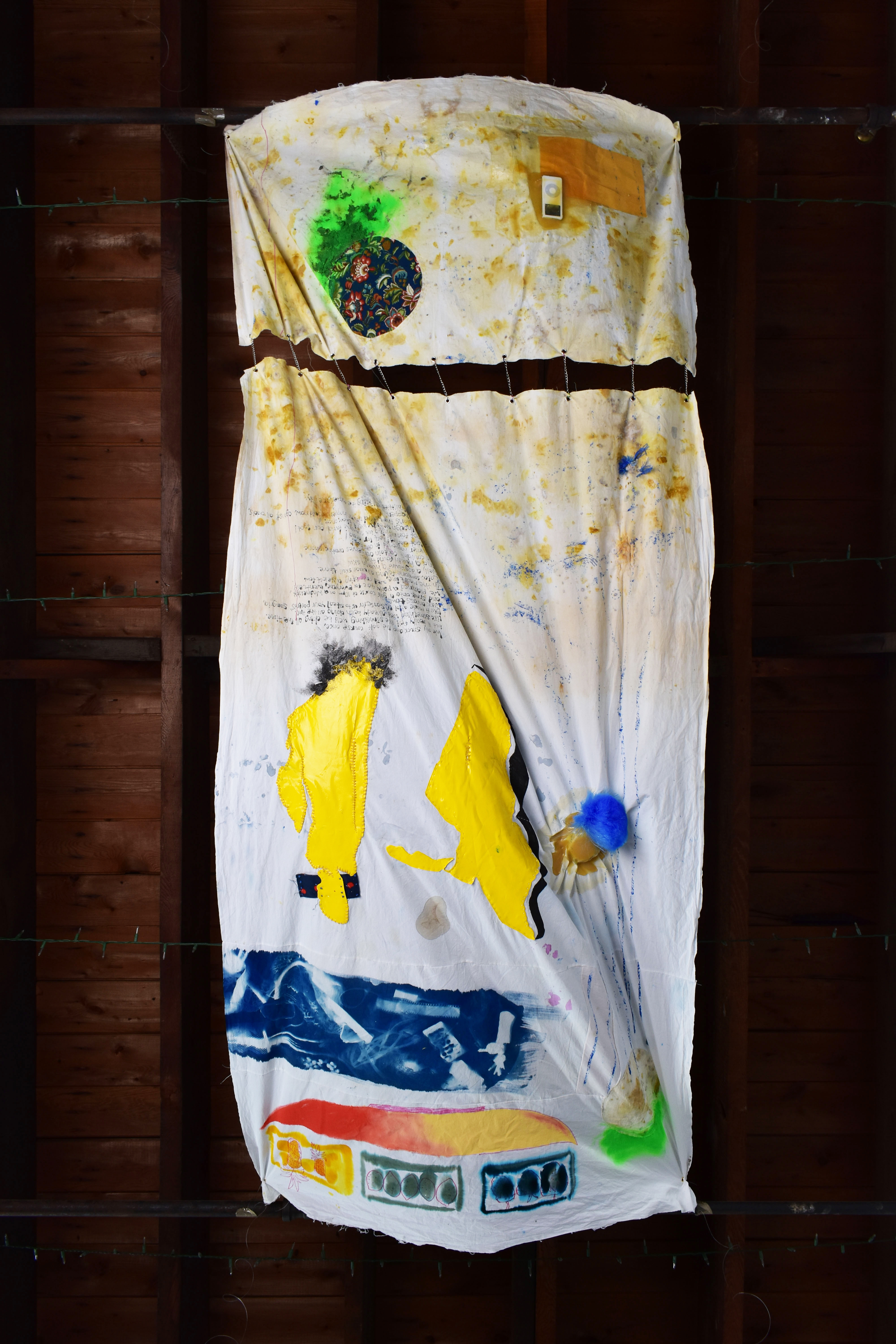



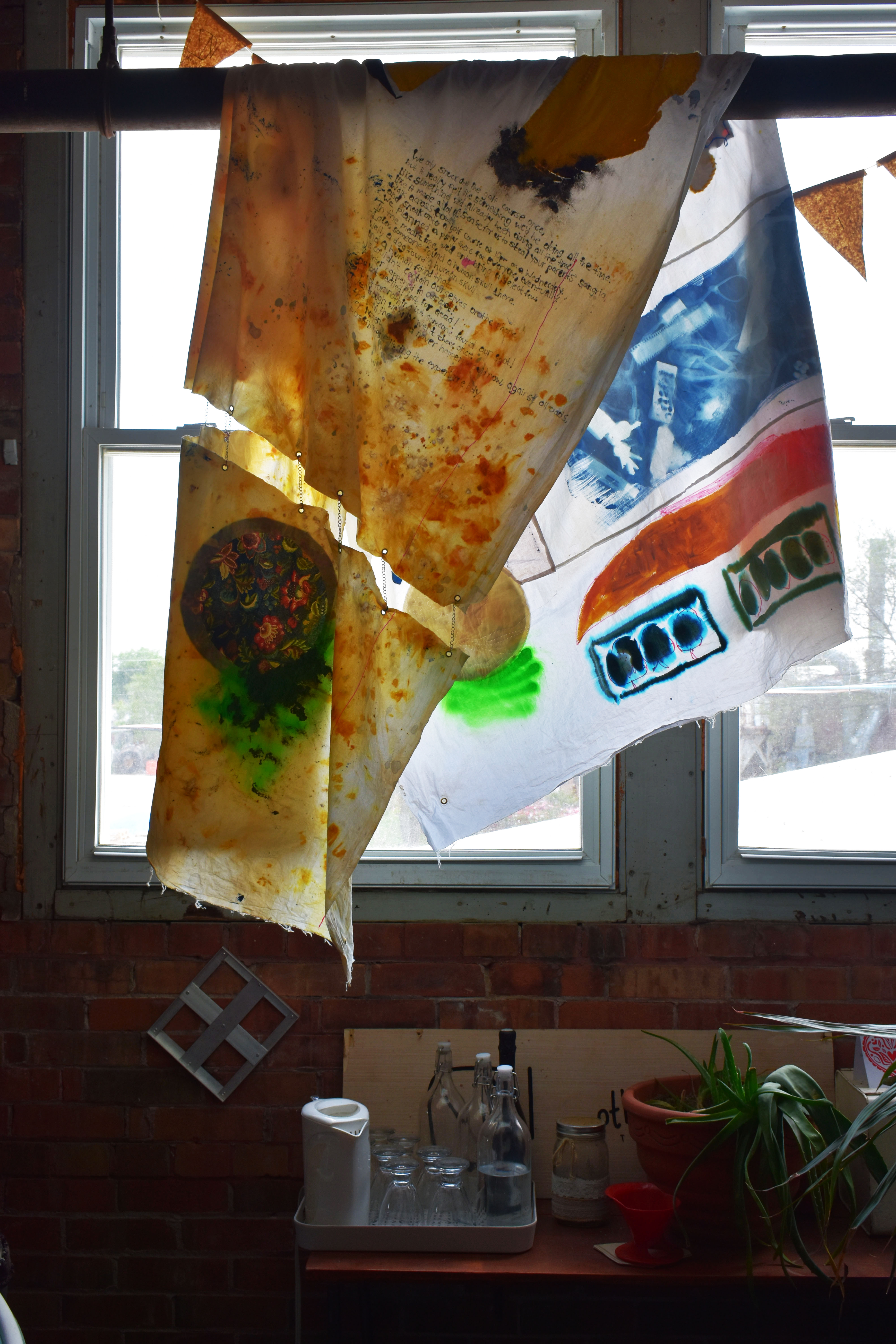

Apophenia, the tendency to perceive meaningful connection between unrelated things, was originally thought to be a symptom of schizophrenia. Later, it was realized that at its most fundamental level, apophenia is simply a symptom of having a human brain and being alive. While apophenia can evolve into delusion under certain conditions, it's more common manifestations like pareidolia (perceiving images in random stimuli) and cluster illusions (seeing patterns in random sequences) are less about perceiving what’s not there, and more about making everyday objects and tasks feel significant. It could be said that some degree of apophenia, or rather some degree of creative meaning making, is necessary to do the essential work of keeping on keeping on.
The point of this residency is to connect two strangers so they can find some sort of meaning between them and then create something out of that finding. A type of external apophenia, this project aims to mine the meaning from two unrelated things and as such, the mine is both resource rich and prone to collapse under the weight of its own conceptual tenuity. Of course after a certain point, the connections will draw themselves and apophenia will be replaced with the much more stable framework of collaboration and mutual respect. However, a project born from apophenic soil inevitably grows meddling branches; perpetually wrapping around themselves, searching for meaning within the confines of their own expanse.
The following conundrums examine the vulnerability of it all, specifically the precariousness between two unfamiliar minds attempting the same task and how, in this current moment, connection (apophenic or otherwise) can become both concept and material.
Apophenic Conundrum #1 – A Title Meant to Invoke Flux is Somehow Static
Change of Plans came about because our project is based on the idea that we must continually adapt to the changes the other person has made to the fabric. Within that change lies the dialogue and by dialogue I mean the ping-ponging of meaning that must occur in order to manifest apophenically. To emphasize change is to also emphasize stasis since something must remain the same in order for a change to have any relevance. It is true that the piece of cotton remains the same piece of cotton, although it has been cut up and imprinted upon several times at this point, so calling it the same as it was when we started feels reductive. Maybe then, what stays the same is not the material itself, but the consistency with which we change; that is, our willingness to let go of control and allow the other to transform must remain constant in order to keep the project going.
How can the idea of changing plans properly invoke the idea that the plan was always to have the plan change?
Is this title a lie?
Or does “making a plan” in the first place always inherently introduce the possibility that the plan may change?
If that’s the case, why even title it all? Why stunt the evolution of something that was always intended to keep evolving?
Apophenic Conundrum #2 – Resisting the Urge to Become Small
The size of the cotton was specifically chosen to keep things interesting. At three yards by one yard, it is small enough to fold up and get transferred between us, but big enough to feel burdensome in some way. Its size and whiteness are both things that demand to be filled or condensed in order for it to go on living in our shared spaces. In other words, it must be transformed to become truly manageable. While we’ve given the other free reign to do this work of transforming in whatever way we see fit, the freedom of this presents a certain tension.
Do I run wild and cover the entire thing?
Do I divide it into pieces so that we can stack it vertically instead of dealing with its horizontal heft?
Or do I make minimal marks so that the other has maximal space to enact their grand plans?
It is this tension between making bigger or in my opinion, the more natural approach of making smaller, that puts the cotton and by extension, the whole project of external apophenia, in a vulnerable state. Even though the bright whiteness of the cotton yardage begs for adornment, we must still resist the urge to dominate it completely. Though not spoken about directly, it is implied that there continue to be three yards of cotton for the other to interact. We must resist the urge to become small, superportable or the sole master of this domain. At the same time, we must also resist the urge to remain too passive. If I do nothing, then you might perceive that as a sign of respect and/or disrespect and do nothing in return. Such a delicate balance has been an interesting trust exercise that I believe can be extrapolated into broader arenas of collaboration. I must create in such a way that facilitates future creation. I must take up space in a way that also creates space for others. I must resist the urge to become small and chewed up without becoming too big or too eager to chew.
Apophenic Conundrum #3 – Tactility in the Digital Age
We are making this project in the spring of 2021, during a global pandemic that has been raging for over a year and has undoubtedly altered almost every facet of our lives. It goes without saying that one of these changes has been that more and more things now exist solely online. Things that were once tangible experiences are now almost entirely virtual. In the context of the made up thing I’ve called external apophenia, our increased engagement with the digital realm introduces another porous layer that makes connection fallible, as it must go over and through the global pandemic, not only traversing the usual roadblocks between one mind and the other, but also the idea that the body the mind is encased within might be dangerous. Now more than ever, digitality functions like an armour while tactility connotes vulnerability. The pivot to a digital realm has created a new type of haptic yearning for those of us usually engaged with the physicality of materials.
How can we leave a trace or imprint on something or someone when physical touch isn’t an option?
How can we truly give and receive without extending a hand?
Furthermore, how does a connection forged between two people work in this disembodied state?
It quickly became evident that in order to keep our attention, our project would need to address tactility or rather, the lack of tactility everywhere else. The resulting piece is ultimately a haptic assemblage: a collection of bodily experiences that have served as a reminder that we can still hold, still slip, still stamp and still move matter from one place to the next. And, not for nothing, but what a relief it’s been to shed the armour of multiple screens and hold onto something someone else has held.
